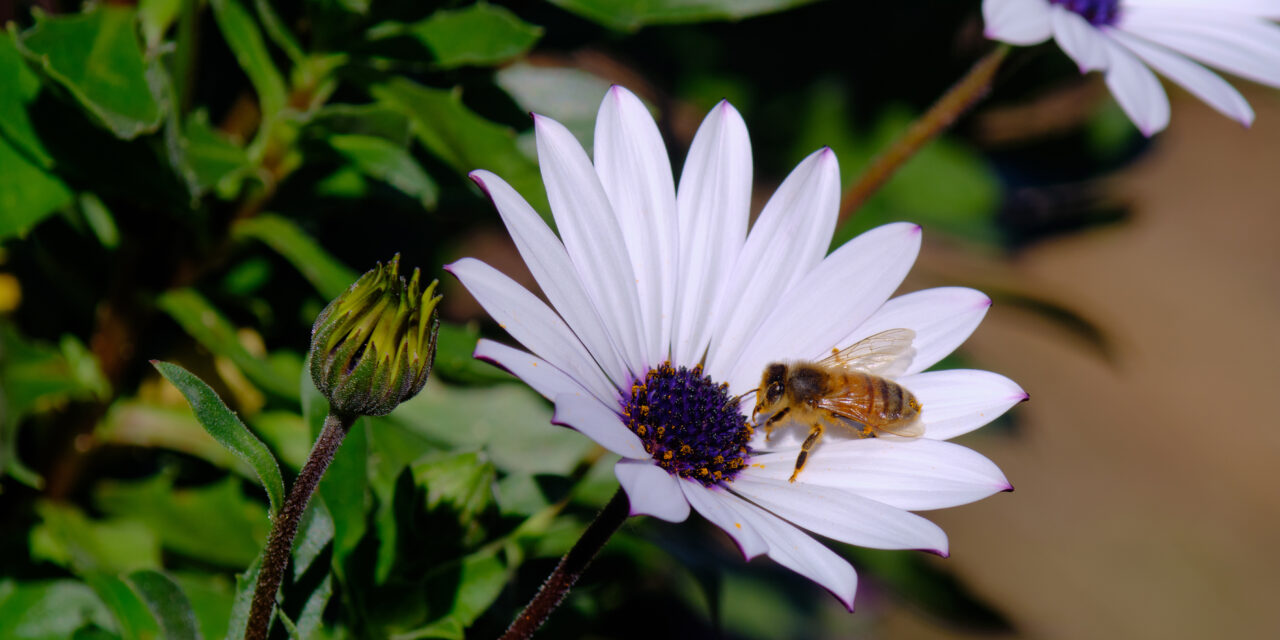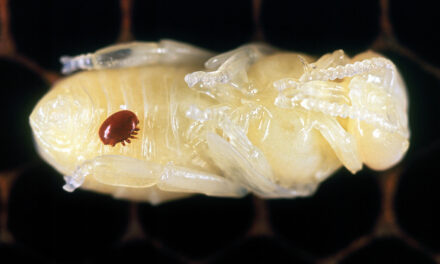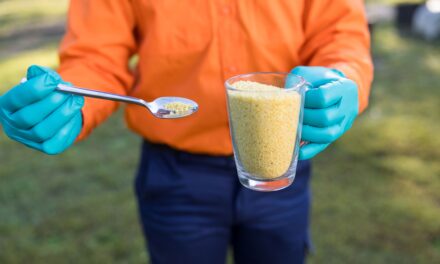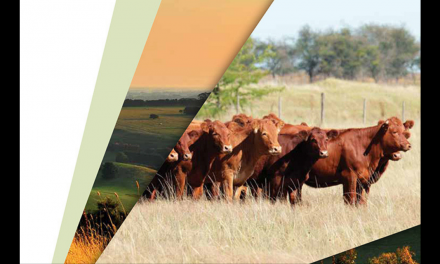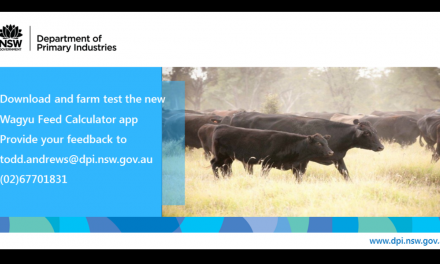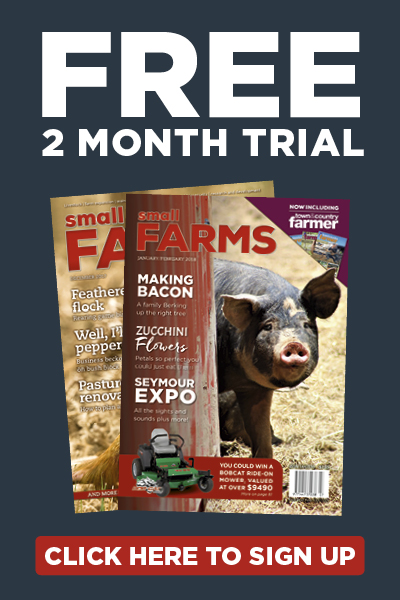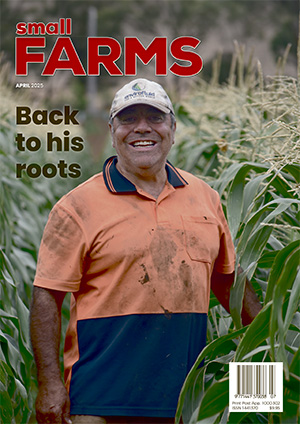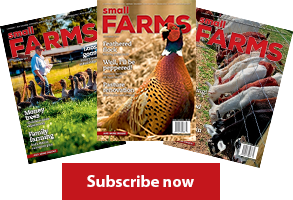Australian native stingless bees are vital for pollinating many of the country’s unique native plants, but these bees may be facing challenges due to rising temperatures.
Recognising the important role these bees play in the ecosystem, an AgriFutures Australia Business Innovation Grant supported Ann Ross and her team at Hive Haven to develop an innovative solution: the Hive Haven V10.
This state-of-the-art hive assembly is designed to efficiently produce native bee products and support the commercial future of the Australian native stingless bee industry.
With fewer than 50 professional native beekeepers in the country, awareness and understanding of the health benefits of their products and the role they play in pollination is driving the industry’s growth.
Innovating to save native bees from overheating
Research indicates that Australian native stingless bees and European honeybees complement each other in pollinating native flowering plants and certain food crops, underscoring the importance of both species to agriculture and biodiversity.
“Previously, people questioned the value of native bees due to their lower honey production. Now, the focus is shifting to their vital role in sustainable pollination,” Ann said.
“There are at least five or six plants that are proven to benefit from native bees.”
Macadamia, blueberry, raspberry, blackberry, avocado, lychee, citrus, watermelon and rockmelon crops have all shown significant production improvements in the presence of native bees.
Native bee products – honey and propolis – have also been valued by Indigenous Australians for millennia as food and medicine because of their low glycaemic index, antimicrobial and antibacterial properties and antioxidant content.
However, the sustainability of these benefits is under threat.
Many stingless bee species, when housed in artificial hives, are vulnerable to overheating when temperatures soar above 40°C due to unpredictable heat waves.
After a heat wave killed their native bee colony, Ann and her husband Jeff designed a hive to keep their bees cool even in extreme temperatures.
“After a heat wave in 2014 caused a lot of hives to melt in on themselves, we saw an industry need to design a robust, low-maintenance hive that could be used year-round in different climatic conditions, especially in the face of an ongoing climate change threat,” Ann said.
The solution? A bee hive assembly known as the Hive Haven V10, an Australian-made recycled-blend plastic hive that provides both agricultural and horticultural industries with a durable, robust home for native bees that won’t rot, require painting or overheat.
“We’ve managed to develop the hive to have a hollow insulation cavity that we can fill with different insulation depending on what part of the country the hive has to go to,” Ann said.
The rising importance of native bees
As awareness grows about the crucial role Australian native stingless bees play in sustainable agriculture, especially with the increasing challenges posed by climate change, their importance is becoming more evident to many industries.
Native stingless bees have been proven to be excellent target pollinators, making them invaluable for fruit crops and greenhouses. They require minimal maintenance, don’t sting and are highly effective in ensuring even distribution of pollination across several different plants.
Native stingless bees also serve as key pollinators for many wild plant species and Australia’s native bush tucker, including Kakadu plum, quandong, kutjera, muntries, riberry, finger limes, warrigal greens, yam and bush tomato, as well as various native wildflowers.
With the backing of a business innovation grant, Ann and her team have not only addressed the challenges faced by the native bee industry, but also opened new doors for industry expansion.
“We wouldn’t have developed the hive without the grant,” Ann said.
“The boost enabled us to work with Australian manufactures, which is really important, and because it’s a recycled blend hive, we have been able to reduce plastic waste in Australia.”
Ann also highlighted the boost to innovation that the grant provided. The company that produced the Hive Haven V10 has gained valuable insights into manufacturing, such as improving UV protection for the hive and refining the plastic blend.
“This innovation isn’t just for bees,” she said.
“In the future, we might see similar solutions for other animals, like possum boxes. With climate change, artificial habitats for wildlife and insects might become more common.”
Looking ahead, the next step is to trial the hive in greenhouses and orchards.
“It takes about five years to gather solid data on hive performance and insulation effectiveness,” Ann said.
“We’re calling out for greenhouses interested in hosting a hive to help us with this research.”
AgriFutures Australia emerging industries senior manager Olivia Reynolds emphasised the importance of this project in aligning with the company’s goals of promoting agricultural innovation, sustainability and industry confidence through the adoption of advanced beekeeping practices.
”The Hive Haven V10 provides a durable and insulated solution that enhances the health and productivity of native bees, supporting consistent production of honey and propolis,” Olivia said.
“Its innovative design sets a precedent for sustainable hive manufacturing, encouraging broader adoption of advanced technologies in agriculture.”
The Hive Haven V10 not only meets the current needs of the industry but also sets the stage for future adaptations, reinforcing the importance of innovation in overcoming the challenges of climate change and supporting the resilience of Australia’s agricultural sectors.
Native bees beat the heat
